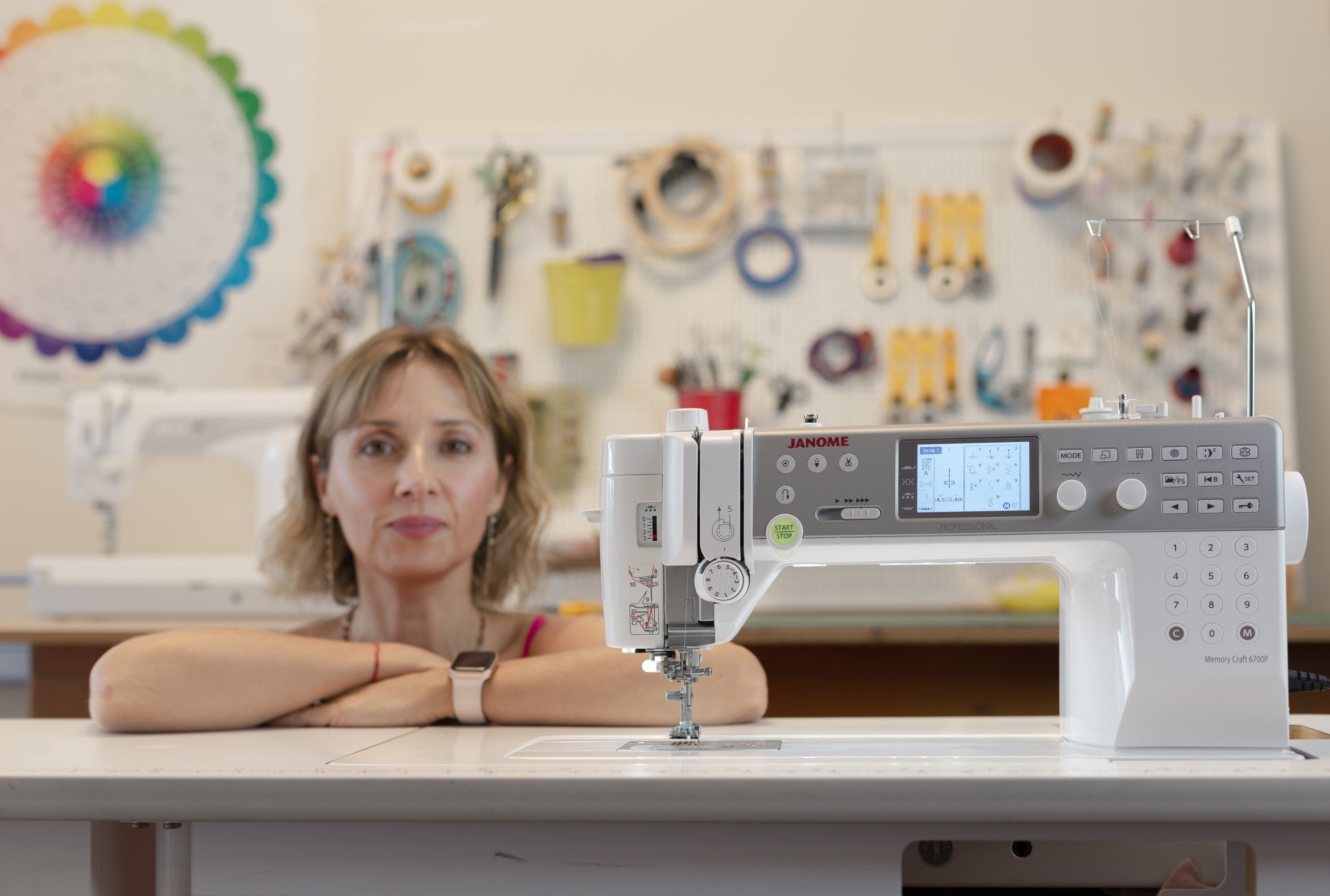The Power of Color Composition
Picasso once described how the effect of colors when used in tandem made an artwork “sing.”
Colors can convey a plethora of messaging, such as evoking a mood, showing things such as
time of day, or even depth and lighting. Without color, certain artworks might not convey the full
depth of meaning possible. Let’s take a look at how color plays a role in conveying meaning in
art.
The four components of color that play a role in composition
When we talk about the power of color composition, there are really four components of color
where the power of color composition lies. These elements are called hue, saturation, value,
and temperature.
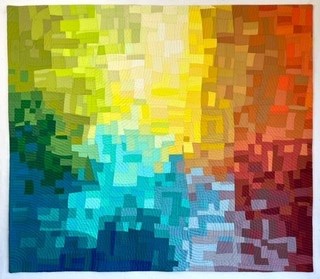
Hue
Hue is the actual component of the color wheel that is used in a piece of art. Certain colors can
be associated with certain meanings and moods. An artist might use red to convey a meaning,
such as love or life.
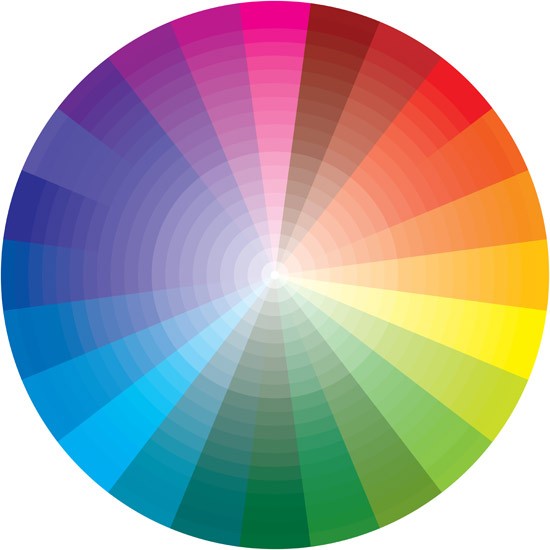
Saturation
Saturation is how vivid the color is. When it is in a more pure form, a color is going to be more
striking to the eye and appear more closely to how it looks on the color wheel. An artist might
choose a highly saturated red if they are working with paintings and want to paint a red rose as
it would appear in sunlight. A less saturated color choice might want to be used to convey how
an object appears in the evening or during a season such as winter.
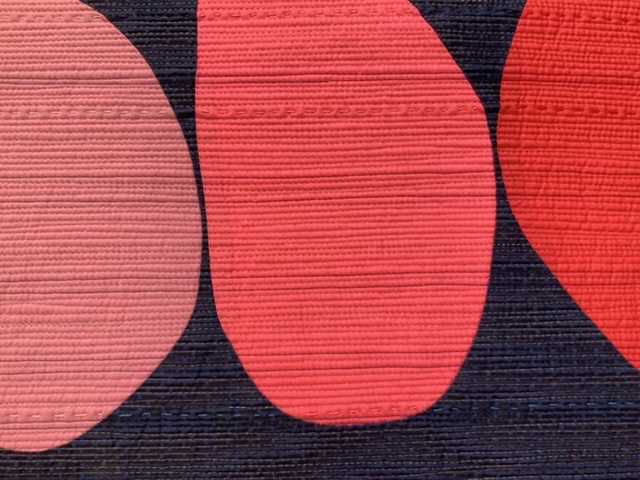
Color value
Color value has a unique role. Sometimes, an artist might use saturation to achieve a lighting
effect, whereas color value can also be used to achieve a similar effect. One of the unique
things about color value in paintings is that it can be used to give dimension to a subject being
used in a painting. Value guides the user’s eye and can be an important way to create emphasis
in an art form.
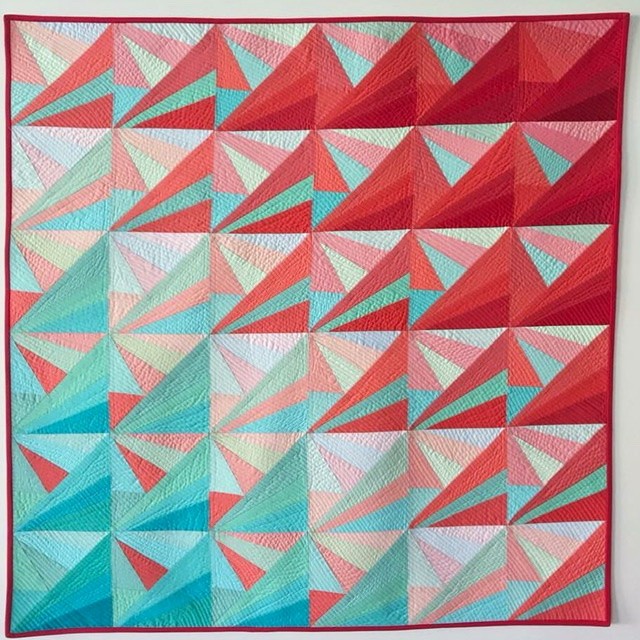
Temperature
How “warm” or “cool” does a color appear? When someone is talking about a color being cool or
warm, they are referring to temperature. Temperature can be used to achieve unique effects in a painting. For example, artists may want to create a background in a work by using a cooler
color. Brighter colors can also be used to bring more context to subjects portrayed in a
foreground setting.

How to harness the power of color composition in your quilts
With color, you can create context, depth, and other effects in your quilts. If you take a color
theory course centered on quilting, you can learn unique effects, such as transparency, where
you will get to learn the interplay of the different elements of color and enrich your approach to
creating unique and truly beautiful quilts.


